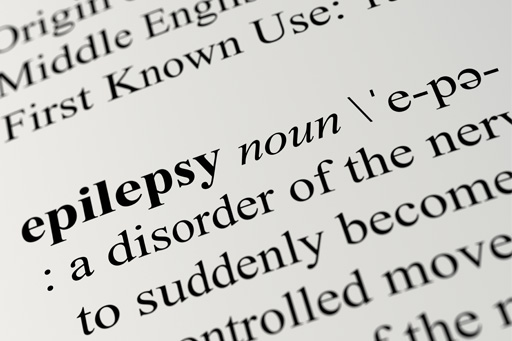
Approximately 1,000 people die each year from epilepsy, so treating the condition appropriately is important. An epileptic seizure is a transient disturbance of consciousness, behaviour, emotion, motor function or sensation, due to abnormal electrical activity in the brain. Epilepsy can be defined by any of the following:
- Seizures, of which there are:
- At least two unprovoked seizures occurring more than 24 hours apart
- One unprovoked seizure with the probability of further seizures similar to the general recurrence risk after two unprovoked seizures, occurring over the next 10 years
- A diagnosis of an epilepsy syndrome.
More than 30 different epilepsy syndromes are recognised, with diagnosis dependent on the underlying cause, seizure type, age of onset, family history, neurological findings, cerebral imaging and electroencephalogram (EEG) pattern.
Epilepsy most commonly starts in childhood or in older people. Approximately 32,000 people in the UK are diagnosed with epilepsy each year, which is commoner in those with learning difficulties.
In about two-thirds of people with epilepsy there is no anatomically identifiable cause.
Epilepsy can have a negative impact on an individual’s daily life. Depression and anxiety are common in those who have poor seizure control, while performance at school can be affected due to ongoing seizures, which occur in a third of children with epilepsy. Injuries caused by seizures, including head injuries, lacerations, fractures and burns, are also common in people with epilepsy.
